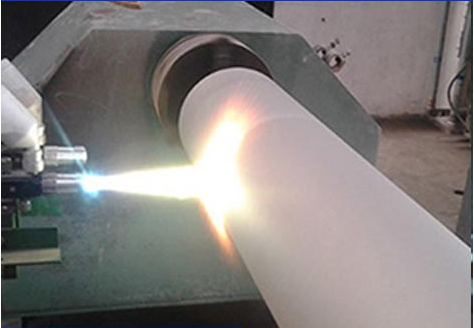

The temperature of the anodizing solution is the dominant process parameter that affects the properties of the oxide film. When the temperature increases, the viscosity of the solution decreases, the current density increases (when the voltage is constant), or when the voltage decreases and the current is constant, the power consumption can be reduced at this time, and the production efficiency can be improved.
When the solution temperature exceeds the process specification, the dissolution rate of the film layer increases, resulting in a decrease in the formation rate of the film, the hardness of the film layer and the thickness of the film layer, the deterioration of the wear resistance and corrosion resistance, and the loose oxide film, and a powdery film may also appear. layer, followed by a decrease in the transparency of the film layer. And affect the dyeing performance, resulting in the dyed color is not clear enough, or even foggy. This is especially important for workpieces to be dyed, and everything possible should be done to reduce the temperature of the solution.
When the solution temperature is too low, although the thickness of the oxide film can be increased and the wear resistance is good, the brittleness of the film layer increases and the porosity is small, which makes it difficult to dye the dyed parts. For this reason, when aluminum and aluminum alloys are anodized, the solution temperature must be strictly controlled to prevent the solution temperature from being too low.
Anodizing is an exothermic reaction, the heat of formation of the membrane is very high, and Joule heat is generated, and the temperature of the solution rises rapidly. For this reason, according to the existing conditions, corresponding measures should be taken to control the temperature of the solution in the normal process. within the specifications to ensure the quality of the film and the continuation of production. When the solution temperature is too low, it is not conducive to the requirement of dyeing after anodization. At this time, the general parts can be processed first, and then the dyed parts can be processed when the solution temperature rises slightly, which must be mastered by experience.

Hot information

